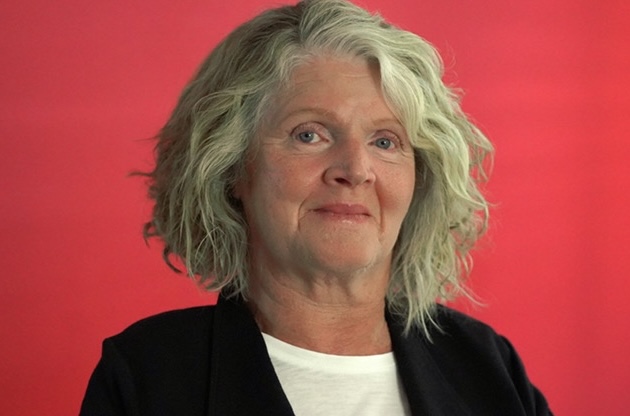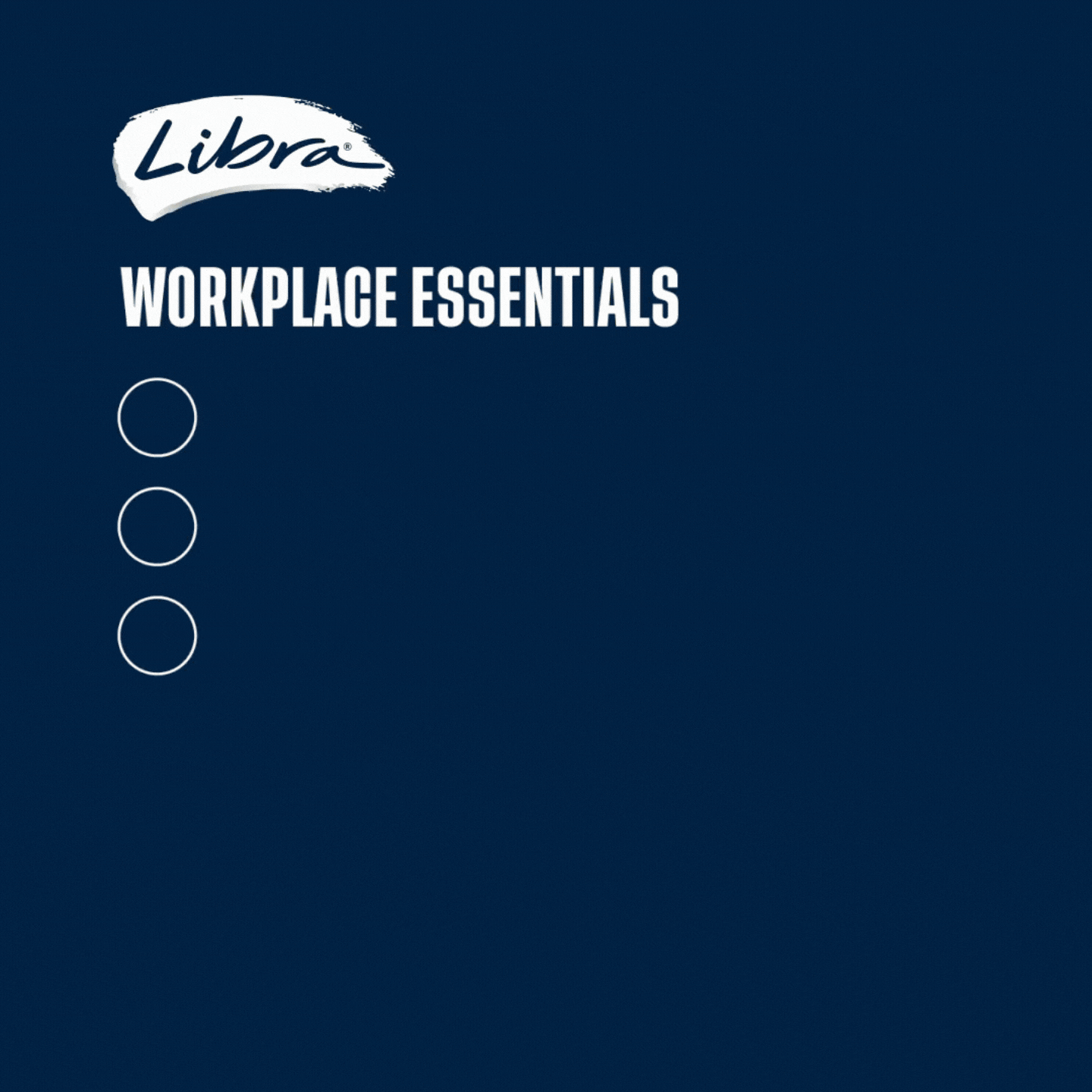Violence against women impacts all women, but older women and women with disability are often overlooked in conversations about gendered violence in Australia.
An urgent plea has been issued by the Human Rights Commission to ensure that every element of government action to end such gendered violence – including across services, action plans, laws and policies – recognises the needs of older women and women with disability in all their diversity, and ensures their voices are heard in developing and implementing policies that affect their lives.
The call comes after Domestic, Family and Sexual Violence Commissioner Micaela Cronin declared Australia needed to take threats of gendered violence as seriously as it takes terrorist threats, in a speech at the National Press Club last week.
Cronin’s push for urgent action was also reflected in Friday’s release of the Report of the Rapid Review of Prevention Approaches.
Women with disability experience domestic violence around twice the rates of women without disability and are more likely to experience sexual assault, stalking, violence or emotional abuse from a partner, according to evidence from the Royal Commission into Violence, Abuse, Neglect and Exploitation of People with Disability.
Disability Discrimination Commissioner Rosemary Kayess (pictured above) said violence prevention and response measures must address intersectionality and personal circumstances.
“Intimate partner violence can also include specific and unique forms of violence, such as withholding personal supports, interfering with assistive devices, controlling access to mobility, communication aids or medication,” she said.
“The specific experiences of women will intersect with factors such as age, disability, race, Indigenous identity and LGBTIQA+ status, along with other personal circumstances – socioeconomic status, visa status, and geographic location. Violence prevention and response measures must be able to address intersectionality and personal circumstances to adequately address gendered violence against all women,” said Ms Kayess.
Older women and women with disability are often underrepresented in reporting on gendered violence, said Age Discrimination Commissioner Robert Fitzgerald.
“Based on police data regarding reported assaults, in most states and territories, between 37 per cent to 51 per cent of persons over 65 were allegedly assaulted by a family member or intimate partner,” he said.
“Older women are more likely to experience abuse than older men, with over 65% of reports received by the NSW Ageing and Disability Commission in the last quarter concerning older women.
“For some older women, this represents the continuation of a lifelong pattern of family violence. Any effective policy response to gendered violence in Australia must consider the unique needs and circumstances of older women, ensuring that support services are accessible and that adequate provisions are made for their safety and well-being,” said Fitzgerald.
Sex Discrimination Commissioner Dr Anna Cody also notes that response must address the diverse needs of all women.
“As the federal government considers the recommendations of the Expert Panel’s Rapid Review into the recent increase in domestic violence homicides. it must not lose sight of the diverse needs of all women, especially culturally and racially marginalised women, older women, First Nations women and women with disability, and be responsive to their circumstances,” Cody said.
“There must be funding for frontline services, so they are equipped to support all women,” she said.
“In Australia, no one should be left behind in the fight against gender-based violence. All women have the right to be safe and to live free from violence.”


